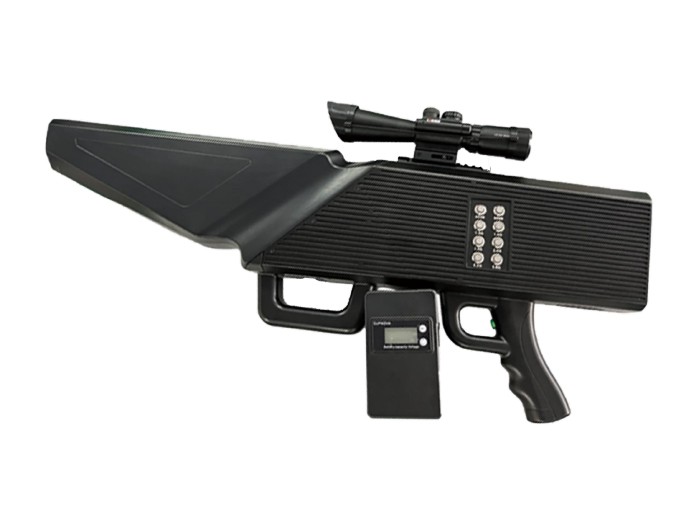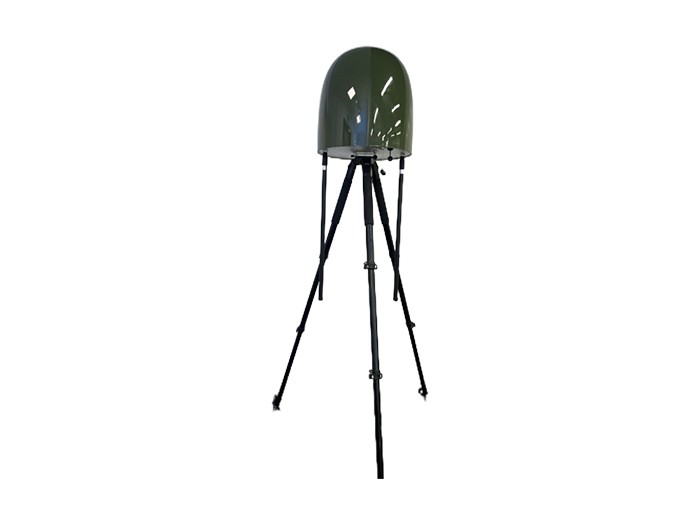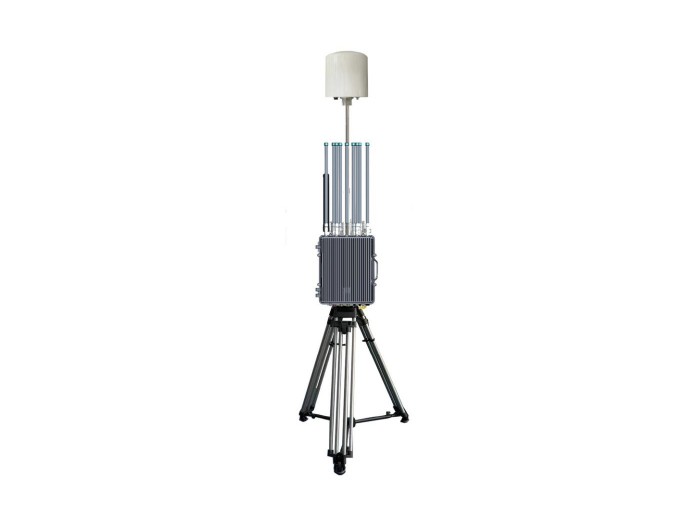UAV Positioning System 4x4: How to Achieve Accurate and Reliable Drone Navigation
Drones, or unmanned aerial vehicles (UAVs), have become essential tools across industries such as agriculture, surveying, and logistics. However, many users struggle with navigation challenges — unstable signals, signal loss, and limited positioning accuracy. One popular solution emerging in the market is the UAV positioning system 4x4, designed to enhance drone localization and flight stability. This advanced positioning technology addresses common problems like signal interference and multi-path errors, which often degrade drone performance during complex 4x4 off-road or industrial operations. If you’ve searched for reliable ways to improve your drone’s navigation system or are interested in how UAV positioning innovations help precise control, this guide is for you.
What is a UAV Positioning System 4x4?
A UAV positioning system 4x4 refers to a sophisticated navigation module incorporating multiple antennas and GNSS (Global Navigation Satellite System) receivers arranged in a 4x4 matrix layout to improve spatial awareness and accuracy for drones. Unlike conventional GNSS units with fewer antennas, this system uses a combination of multiple receivers (four on a horizontal axis and four on a vertical axis) to triangulate positions with enhanced precision and resist signal obstructions.
The 4x4 array facilitates mitigating issues like multi-path effects, common in urban or densely forested environments where GPS signals bounce off surfaces causing location errors. By capturing satellite signals from diverse angles, the UAV positioning system 4x4 provides redundancy and robustness, ensuring consistent data even when one antenna faces interference. Industry studies have shown that multi-antenna GNSS systems can improve positional accuracy by up to 30-50% compared to single-antenna counterparts, a critical factor for UAVs engaged in inspection, mapping, and surveying operations.
For example, agricultural drones operating in varied terrains can depend on 4x4 GNSS arrays to maintain stable navigation paths, optimizing crop analysis and pesticide spraying with centimeter-level accuracy.
Key Benefits of Using UAV Positioning Systems 4x4
Incorporating a 4x4 positioning system within UAVs offers numerous advantages that significantly boost operational reliability and efficiency. One key benefit is enhanced positioning accuracy. Typical GPS modules provide meter-level accuracy, often insufficient for detailed surveying or industrial inspections. A 4x4 system narrows down that error, providing positioning accuracy in the decimeter to centimeter range, essential for precision tasks.
Secondly, the system offers improved signal reliability. Utilizing multiple antennas increases resilience to signal loss and interference. This capability is especially beneficial in complex environments such as urban canyons, indoor setups, or under dense foliage where GPS signals are weak or distorted.
Furthermore, UAVs equipped with 4x4 GNSS positioning can benefit from better orientation and attitude estimation. By measuring differences in signal wavefront arrival times between antennas, the drone deduces its heading, pitch, and roll more accurately without relying solely on inertial measurement units (IMUs).
From a business perspective, investing in UAV positioning system 4x4 technology can lead to increased mission success rates and reduced operational risks. For example, construction site surveillance drones using advanced positioning reduce positional errors, avoiding collision or area exclusion mistakes. Research indicates that multi-antenna GNSS configurations reduce flight failures related to navigation errors by over 40%.
Applications of 4x4 UAV Positioning Systems in Industry
The versatility of 4x4 UAV positioning systems has made them indispensable in a variety of real-world applications:
- Precision Agriculture: Drones spray pesticides and fertilize crops in large fields requiring exact positioning to avoid overdosing or missing areas. The 4x4 GNSS ensures reliable coverage even in uneven topographies.
- Mapping and Surveying: Surveying tasks demand high positional accuracy to create detailed 3D maps. 4x4 systems provide enhanced geospatial data quality, critical for land registration and infrastructure development.
- Industrial Inspection: In sectors like oil and gas or power lines, UAVs inspect hard-to-reach structures. Reliable navigation prevents collision and improves data consistency.
- Search and Rescue: In emergency scenarios, accurate UAV positioning accelerates locating victims or hazardous zones, improving mission outcomes.
Implementing this technology also supports adherence to evolving aviation safety standards and regulatory requirements that encourage precise drone operations.
How to Implement a UAV Positioning System 4x4: Step-by-Step Guide
Integrating a 4x4 positioning system into your UAV involves careful planning and technical setup:

- Assess the UAV’s Hardware Compatibility: Ensure your drone chassis supports multiple antenna mountings and the processing unit can handle additional GNSS inputs.
- Select High-Quality Multi-Antenna GNSS Modules: Choose units providing raw GNSS data output and compatibility with RTK (Real-Time Kinematic) or PPK (Post-Processed Kinematic) technologies for enhanced accuracy.
- Calibrate Antenna Positions: Properly measure and input antenna coordinates into the navigation software, crucial for differential signal processing.
- Integrate Software Algorithms: Deploy advanced algorithms capable of handling multi-antenna data fusion, correcting multi-path errors, and calculating precise position and orientation.
- Test Under Real Conditions: Conduct flight trials in varied environments to validate improved positioning and adjust system parameters accordingly.
- Train Operators and Maintenance Teams: Educate users on system functions and troubleshooting to maximize UAV positioning system 4x4 benefits.
These steps not only improve flight safety but also optimize mission accuracy and reliability, delivering superior UAV operational outcomes.
Key Recommendations for Optimizing UAV Positioning System 4x4 Performance
- Prioritize Multi-Frequency GNSS Receivers: Using L1/L2 dual-frequency receivers can reduce ionospheric errors, further improving accuracy.
- Combine IMU and Optical Sensors: Complement GNSS data with inertial measurement units and optical flow sensors to maintain stable navigation even during temporary GPS outages.
- Regularly Update Firmware and Software: Keep positioning control software and GNSS firmware current to leverage new features and security patches.
- Use Ground Reference Stations: Employ local base stations or RTK networks where possible for centimeter-level precision.
- Monitor Signal Quality Continuously: Implement real-time monitoring tools for signal strength and integrity to preempt system failures.
Want to learn more about integrating advanced UAV positioning systems for your drone fleet? Contact us for a personalized consultation or visit our product page to explore compatible 4x4 GNSS modules.
Conclusion
The UAV positioning system 4x4 offers transformative benefits for drone navigation by delivering increased positioning accuracy, reliability, and operational safety across diverse applications. Whether you operate agricultural drones, conduct industrial inspections, or engage in complex surveying tasks, upgrading your navigation system to a multi-antenna 4x4 setup ensures more precise and dependable flight paths. Our company specializes in developing cutting-edge UAV GNSS solutions tailored to your needs.
Visit our website now to explore our latest UAV positioning products or contact us for a free consultation. Invest in a 4x4 UAV positioning system today and take your drone missions to the next level!

















